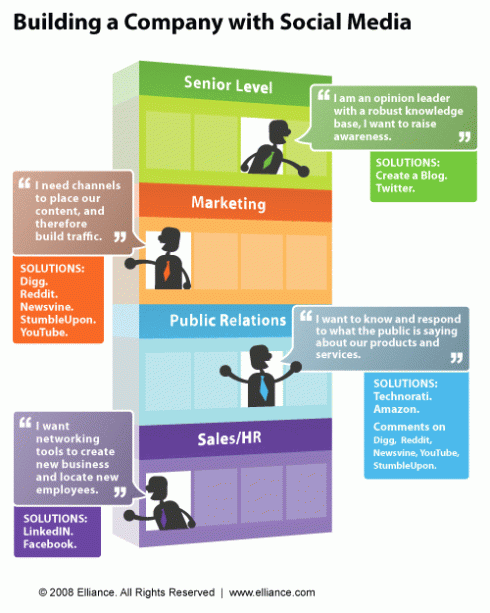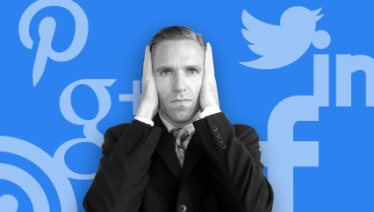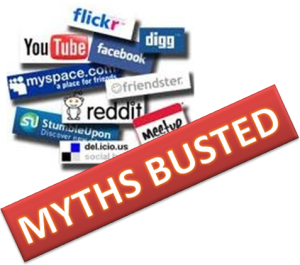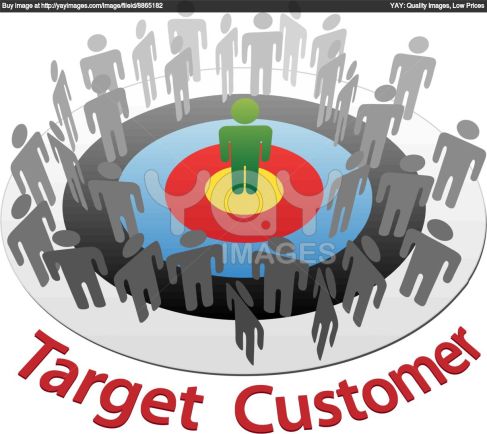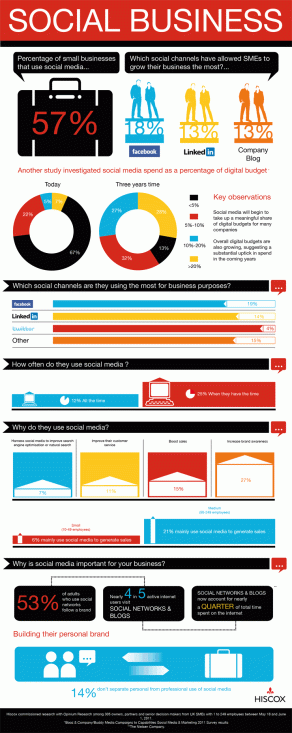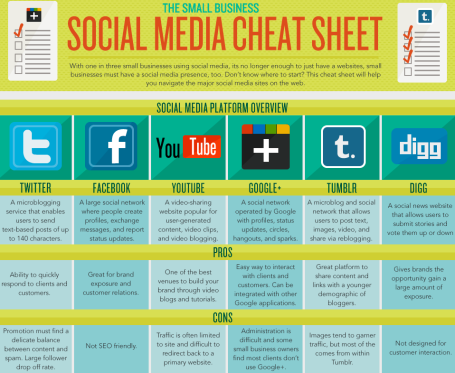
“Social media spark a revelation that we, the people, have a voice, and through the democratization of content and ideas we can once again unite around common passions, inspire movements, and ignite change.” ― Brian Solis
Small businesses and social media can be an award winning formula, however many small to mid size businesses often neglect it’s use or use social platforms ineffectively.
It goes to say without question social media is a marketing force that is to be reckoned with. It is also something many of us now incorporate daily into our life, the way social media has dominated our experiences online and offline over the past few years has been incredible. It is now almost near impossible to go to any website or see any TV commercial without a twitter name or Facebook name being displayed, however some are still reluctant to buy into social media.
This thinking can be considered “old fashioned” with many businesses simply believing social media is just a craze that business will eventually tire of, however with Twitter operating with approximately 500 million+ users and Facebook greatest of them all with a staggering 1.1 billion users, it is easy to say social media is here for the long run and for businesses it will soon become the case of adapt or die.
Some compelling statistics prove the face that social media is becoming the new TV advert by it’s ability to reach thousands instantly.
Tweetable Statistics;
1.Asking questions on Facebook drives interaction up by 10 to 20 percent. (Source: Buffer)
2. The 55-64 age group is the fastest growing demographic on Twitter — at 79% since 2012. (Source:Jeff Bullas)
3. 74% of Americans are unfamiliar with the concept of checking in to a location via mobile device. (Source: Convince & Convert)
4. Social media produces almost double the marketing leads of telemarketing, direct mail, or PPC. (Source: HubSpot)
5. One out of every seven minutes spent online is on Facebook. (Source: Media Bistro)
6. 23% of Facebook’s users check their account five or more times every day. (Source: The Social Habit)
7. 71% of social media users say they’re more likely to purchase from a brand they are connected with. (Source: AllTwitter)
8. Those with a college degree are less likely than those with some college to use social networks. (Source: Huffington Post)
9. There are 575 likes and 81 comments by Instagram users every second. (Source: Digital Buzz Blog)
10. 56 percent of customer tweets to companies are being ignored. (Source: AllTwitter)
A compelling argument by all accounts, convinced yet? If not read some of these related articles.
